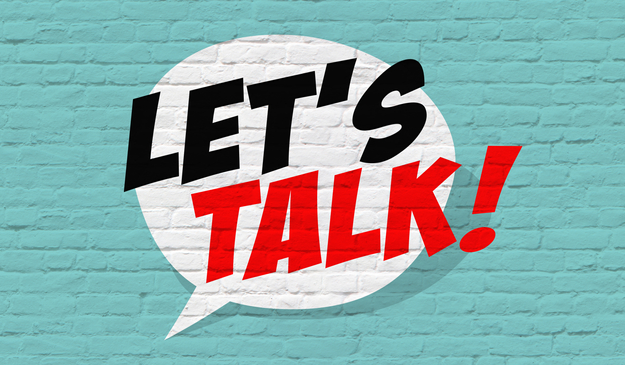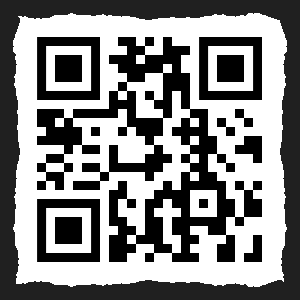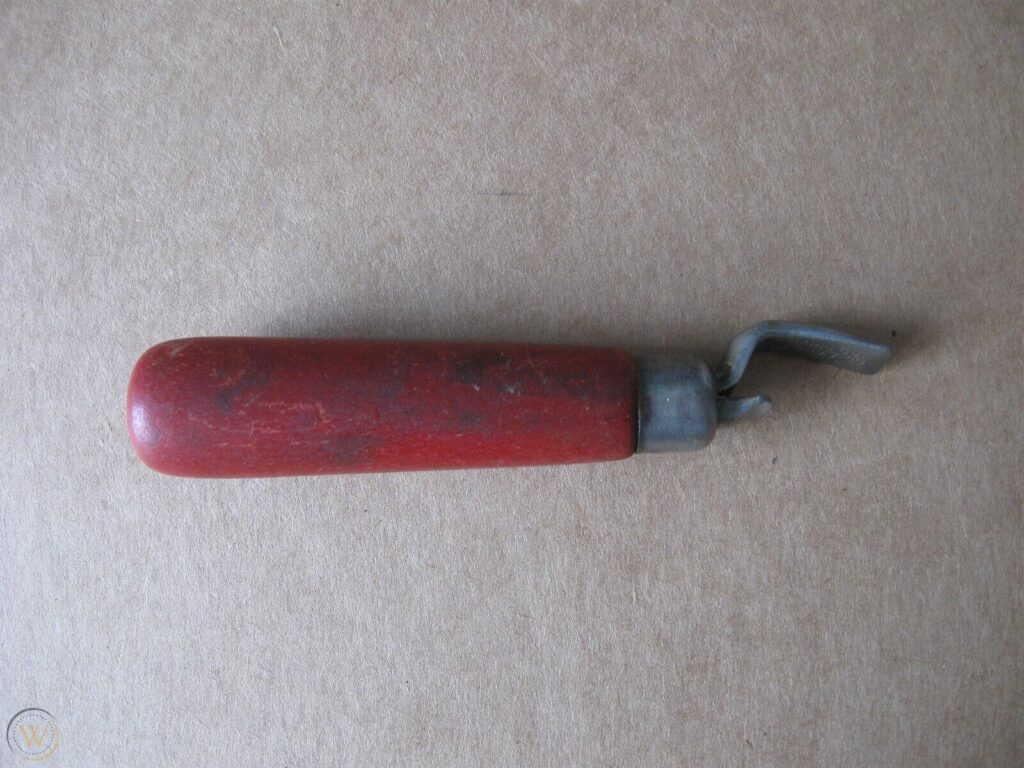BLOG
Finds and Interests

Image: Shutterstock
Have you ever felt like you were talking to a wall? Have you ever actually talked to a wall? How about a lamp post? Or a storm drain? What would you do if you spoke to them and they answered back?
No, you wouldn’t have been crazy. Instead, you were probably in Bristol, England, in 2013, deemed “The Year of the Internet of Things.” That year, Pan Studios turned the city of Bristol into an interactive playground. The Hello Lamp Post project allowed pedestrians to converse (via text message) with over 1,000 inanimate objects around the city.
The seven-week project was a hit. Fast Company reports that about 4,000 people sent nearly 26,000 text messages during “conversations” with graffiti, a hot air balloon, ducks, and even a blob of discarded chewing gum.
The artful purpose was to expose the relatively new concept of the Internet of Things (IoT). Since then, IoT has become one of the most important technologies of the 21st century. The ability to connect everyday things like smart appliances, cars, thermostats, and baby monitors enables us to track inventories, product journeys, and usage. Products can be marked with various tags, including digital watermarks, QR codes, RFID (radio frequency identification), and NFC (near-field communication). Collecting this data enables manufactured goods to be improved, counterfeit products identified, and values tracked.

Image: Public Domain
From “The Internet of Things” to “The Internet of Stuff”
Of course, the Internet of Things is organized using smart, connected products that collect data about our behaviors and habits. Mainly, these have been produced in the past twenty years. Our antiques & collectibles businesses are primarily built on two hundred years’ worth of antiques, art, analog devices, vintage consumer goods, and collectibles. That’s a lot of stuff, and none of it can be characterized as a smart device.
So for my purposes, I prefer to use the term “Internet of Stuff” when talking about the Antiques and Collectibles business.
If Antiques & Collectibles Aren’t “Smart,” Where Does The “Internet” Come In?
It will be awhile before The Internet of Stuff is fully deployed. As we know, antiques & collectibles dealers are notoriously slow adopters of new technology. QR codes are gaining a foothold, though. Presently, digital QR tags are used by dealers, collectors, and appraisers. But more is coming down the road, and the Internet of Stuff is quickly growing: virtual reality, augmented reality, and 3-D (holograms) are already used at major retailers and museums.
Dealers use digital tags to:
- Offer shoppers on-the-spot product details
- Direct customers to their website or online store
- Provide contact information
- Promote a sale or special event
- Support online listings
- Manage inventory
Appraisers and collectors use digital tags to archive and value collections. Items are photographed, descriptions are written, and provenance family stories are recorded. This information is uploaded to a personal website or online archive like the WorthPoint® Vault. The consolidated valuations are used for estate planning and insurance purposes.
Connecting Objects to Their Stories
Business and economics aside, the most compelling reason to embrace the Internet of Stuff is the ability to attach an object’s story in a useful way.
In his book Objects of Love and Regret: A Brooklyn Story, historian Richard Rabinowitz tells a fascinating story about a bottle opener belonging to his grandmother. While clearing out his mother’s estate, he found the tool in a kitchen drawer. Rabinowitz told the story of how his mother got the bottle opener and gave it to her mother as a gift. It had seen two generations of use, and he couldn’t part with it. He explains:
“Over the next few weeks, I had what can only be called a ‘history high.’ I was intoxicated by discovering more and more about the bottle opener, its particular history, and its place in the history of the country to which my bubbe Shenka and my mother came in 1928.”

What if, instead, the bottle opener had been tossed into a box and sent off to a thrift store? The story of the struggling immigrant family, a daughter stretching her budget to purchase the item for a quarter and gifting it to her mother—it would have been lost. Instead, the item is a treasured heirloom that adorns Rabinowitz’s desk.
Unfortunately, object stories are forgotten after a few generations. To keep them alive, they must be written down and archived. How many of us have opened a box of family photographs and known all the people and places in the photos? Few, I’m sure. As the adage says, “the shortest pencil is better than the longest memory.” Archive your treasured objects, and write their stories.
The Internet of Stuff focuses on connecting objects to people and other objects. It gave inanimate things the ability to “share their experiences” and “communicate” with future generations. In our pop-top, screw-off lid, connected world, younger generations may gain insights into themselves by learning stories through family heirlooms. They may even have enlightening conversations with a lamp post.
Will Seippel is the CEO and founder of WorthPoint, the world’s largest provider of information about art, antiques, and collectibles. An Inc. 500 Company, WorthPoint is used by individuals and organizations seeking credible valuations on everything from cameras to coins. WorthPoint counts the Salvation Army, Habitat for Humanity, and the IRS among its clients.